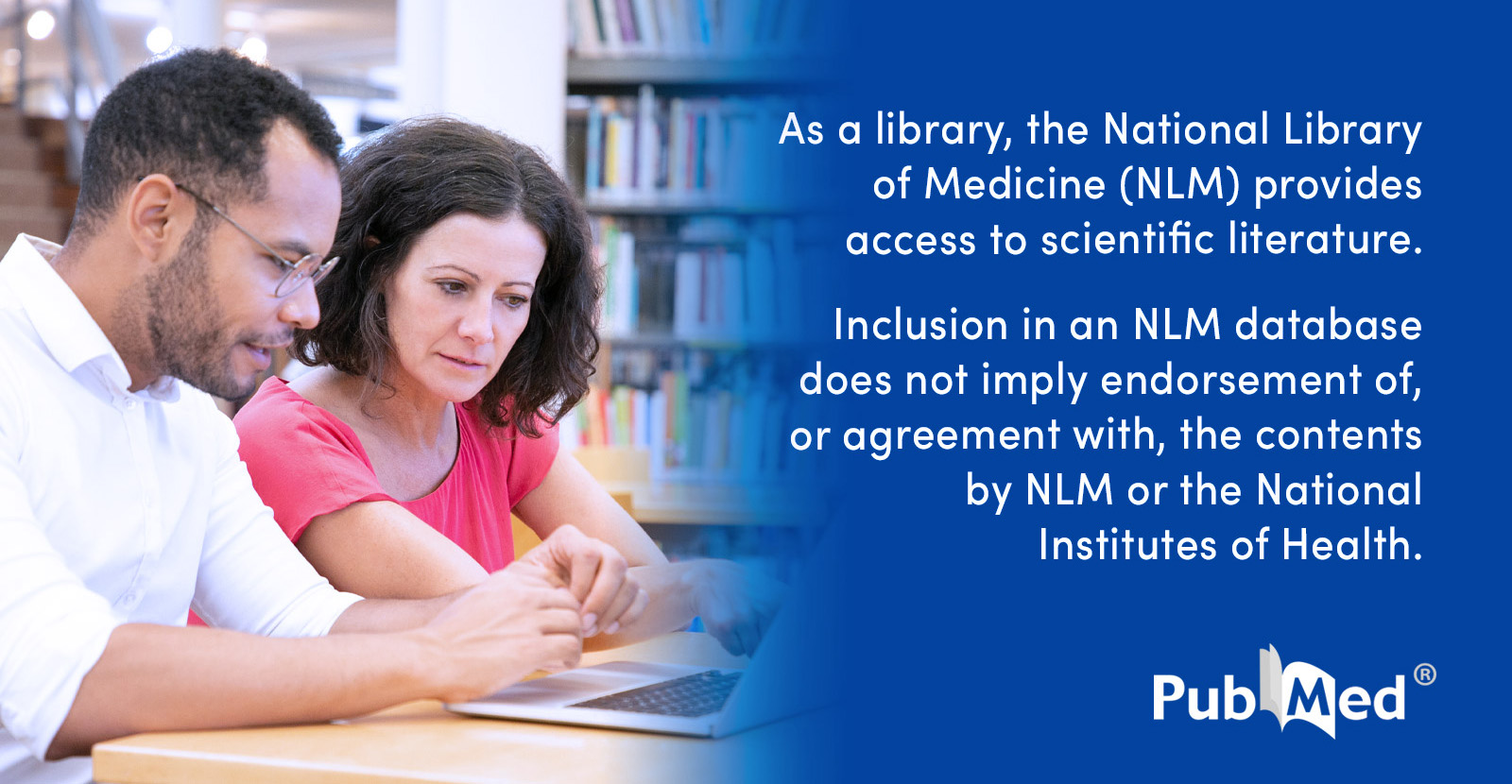waynakyo
Experienced Member
- Reaction score
- 466
Abstract
In a clinical study of autologous cell-based therapy using dermal sheath cup (DSC) cells, the treatment of hair loss showed improvements. However, the outcomes were variable. Here, correlations between marker gene expression in DSC cells and treatment outcomes were assessed to predict therapeutic efficacy. Overall, 32 DSC cell lines were used to evaluate correlations between marker gene expression and treatment outcomes. Correlations between vascular pericyte and preadipocyte marker expression and treatment outcomes were inconsistent. As smooth muscle cell markers, MYOCD correlated negatively with treatment outcomes and SRF consistently demonstrated an inverse correlation. Additionally, CALD1 correlated negatively and ACTA2 correlated inversely with treatment outcomes. DSC cell lines were divided into good and moderate/poor responders to further investigate the correlations. SRF and CALD1 were lower in a good responder compared with a moderate responder. Next, DSC cells were differentiated toward dermal papilla cells. Dermal papilla markers SOX2 and LEF1 before differentiation had moderate positive and inverse correlations with the treatment outcome, respectively. SOX2 after differentiation more consistently demonstrated a positive correlation. Significant downregulation of smooth muscle-related genes was also observed after differentiation. These findings revealed putative markers for preclinical evaluation of DSC cells to improve hair loss.Keywords: CALD1; SRF; androgenetic alopecia; biomarker; cell-based therapy; dermal sheath cup cells; hair follicles; smooth muscle cells.
Conflict of interest statement
Y.Y., M.T., Y.H., Y.N. and J.K. were employees of Shiseido Co., Ltd. at the time this study was conducted. M.O. is conducting clinical research using DSC cells for the treatment of hair loss and receives a research grant from Shiseido Co., Ltd.
Changes in the Expression of Smooth Muscle Cell-Related Genes in Human Dermal Sheath Cup Cells Associated with the Treatment Outcome of Autologous Cell-Based Therapy for Male and Female Pattern Hair Loss - PubMed
In a clinical study of autologous cell-based therapy using dermal sheath cup (DSC) cells, the treatment of hair loss showed improvements. However, the outcomes were variable. Here, correlations between marker gene expression in DSC cells and treatment outcomes were assessed to predict...
